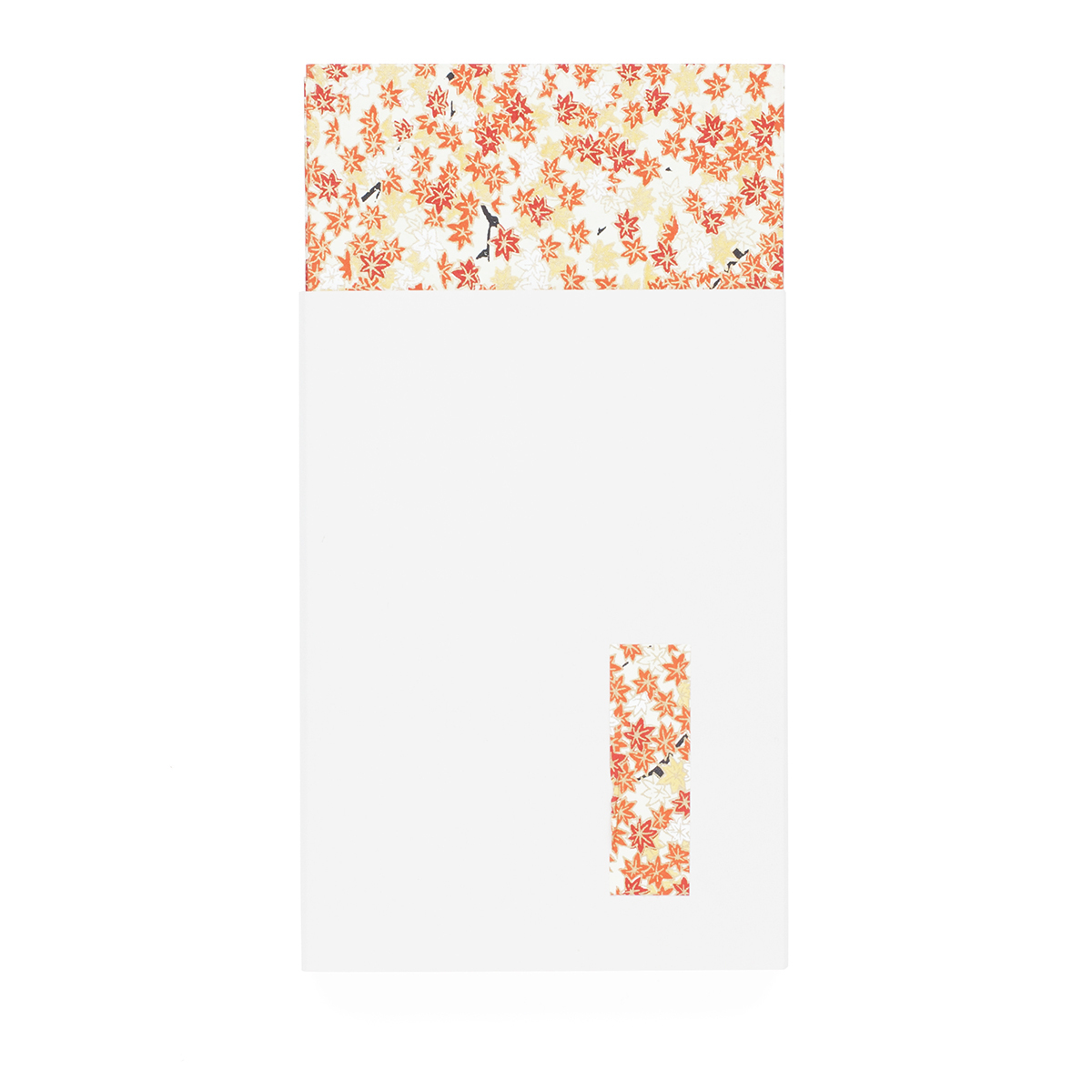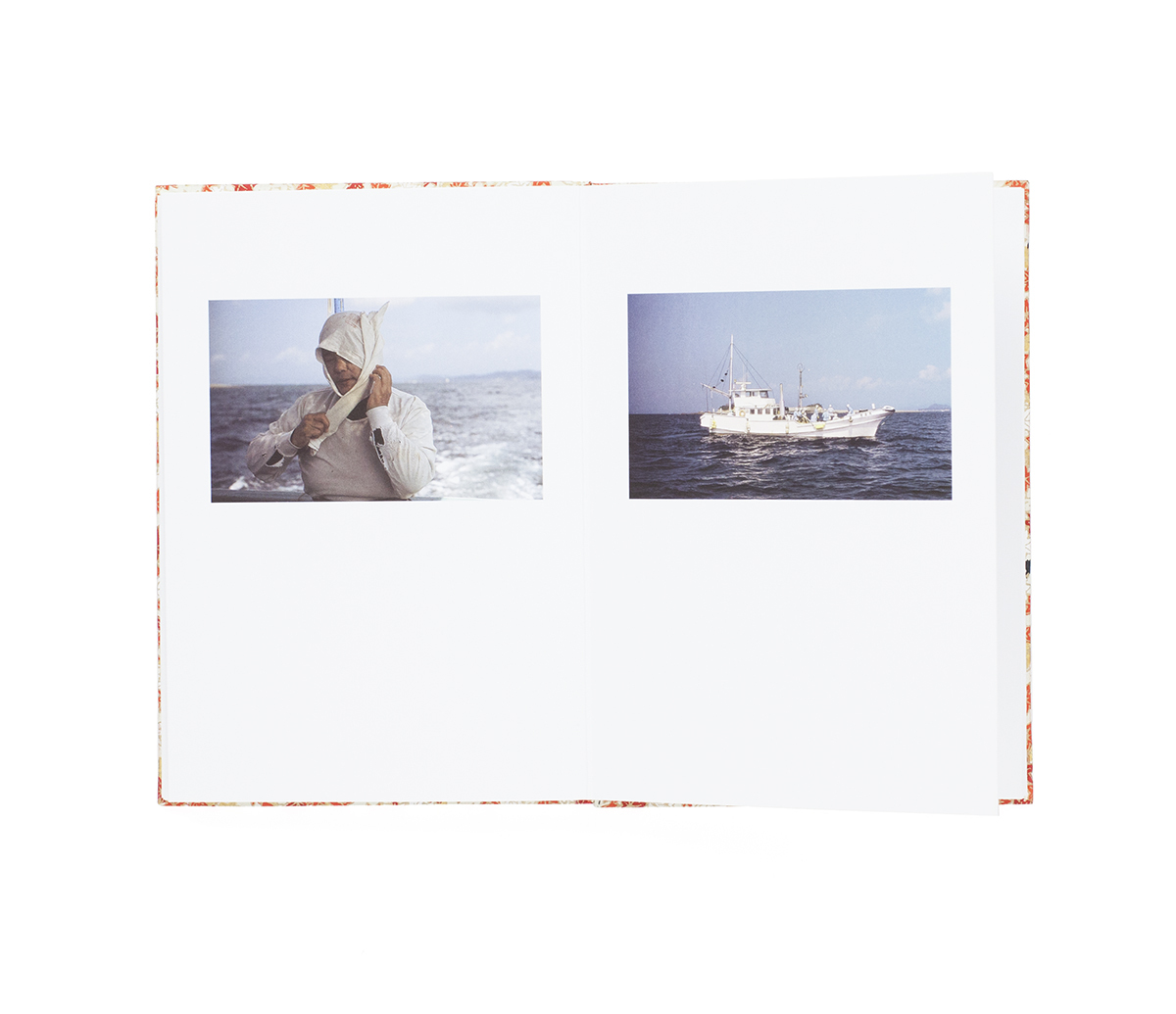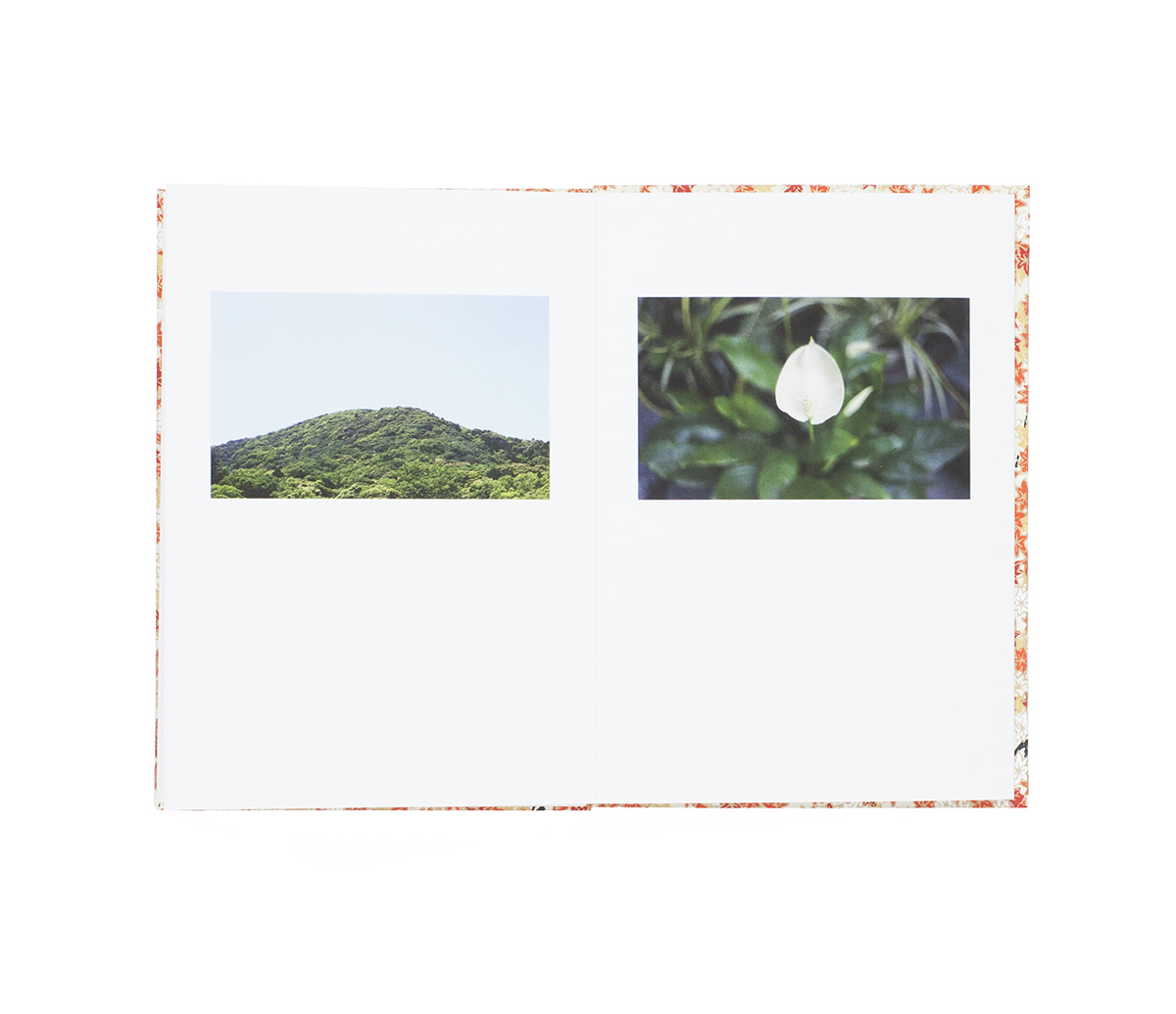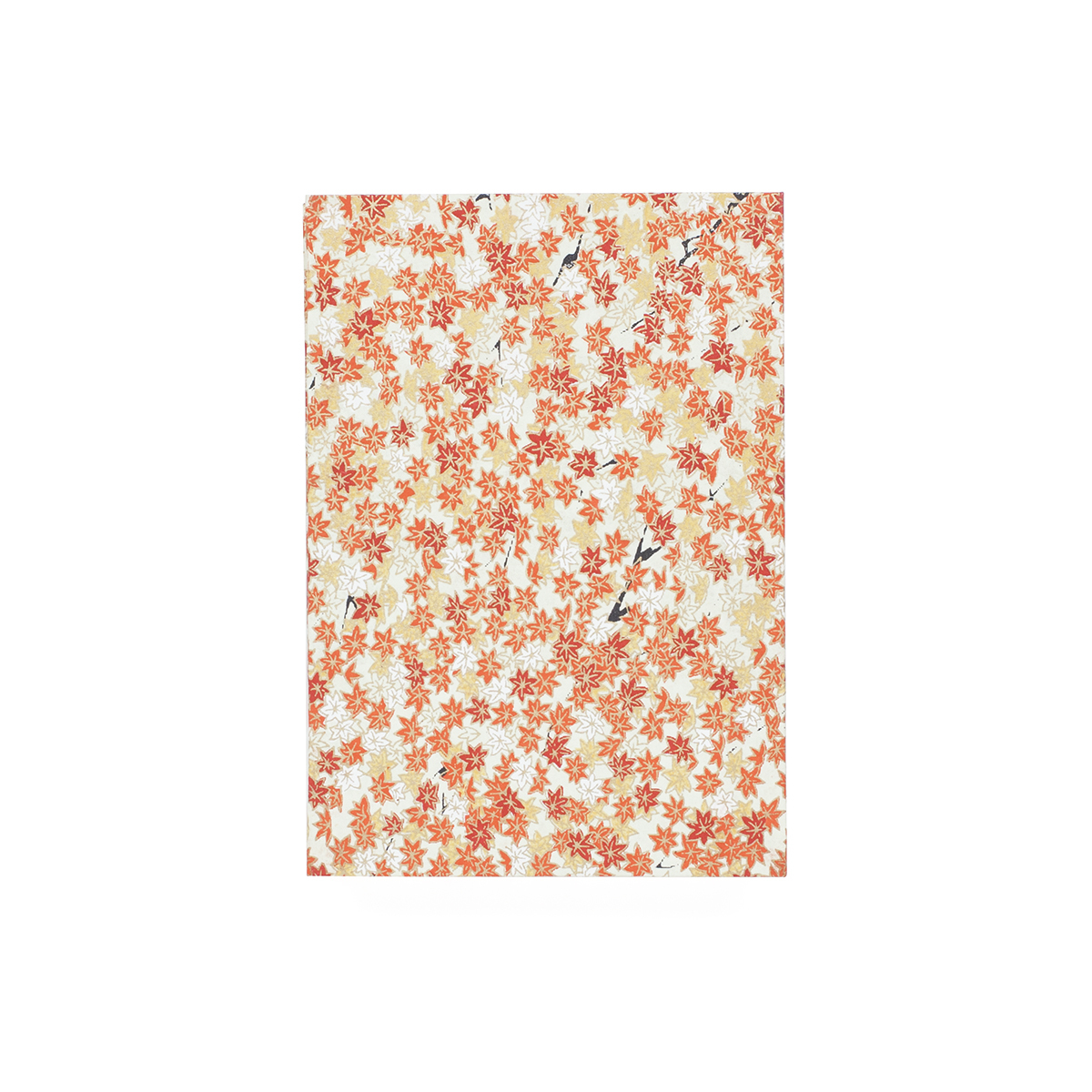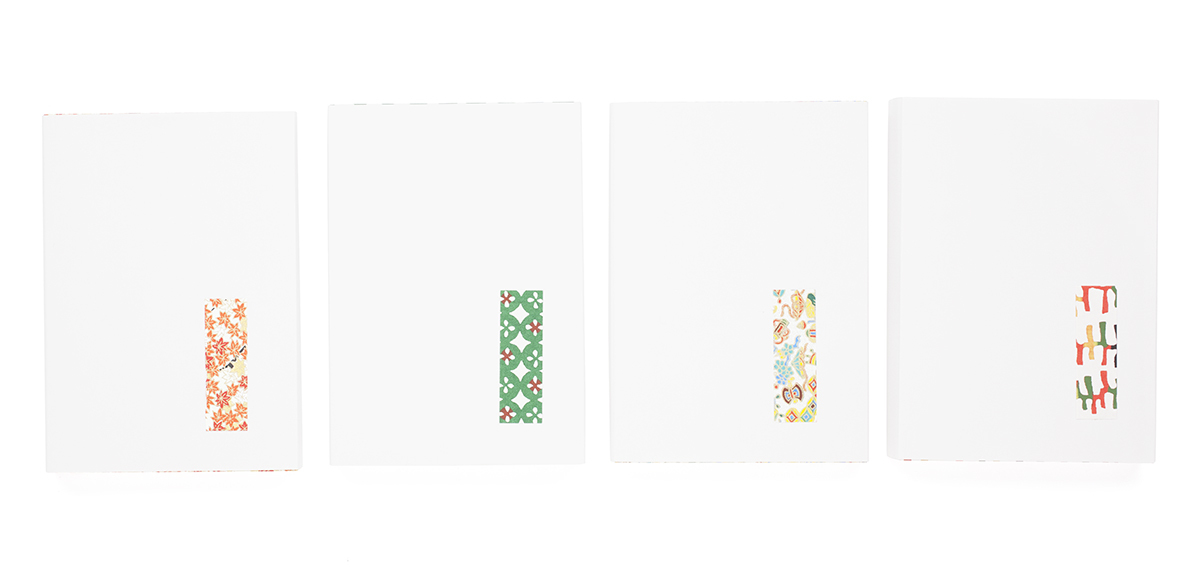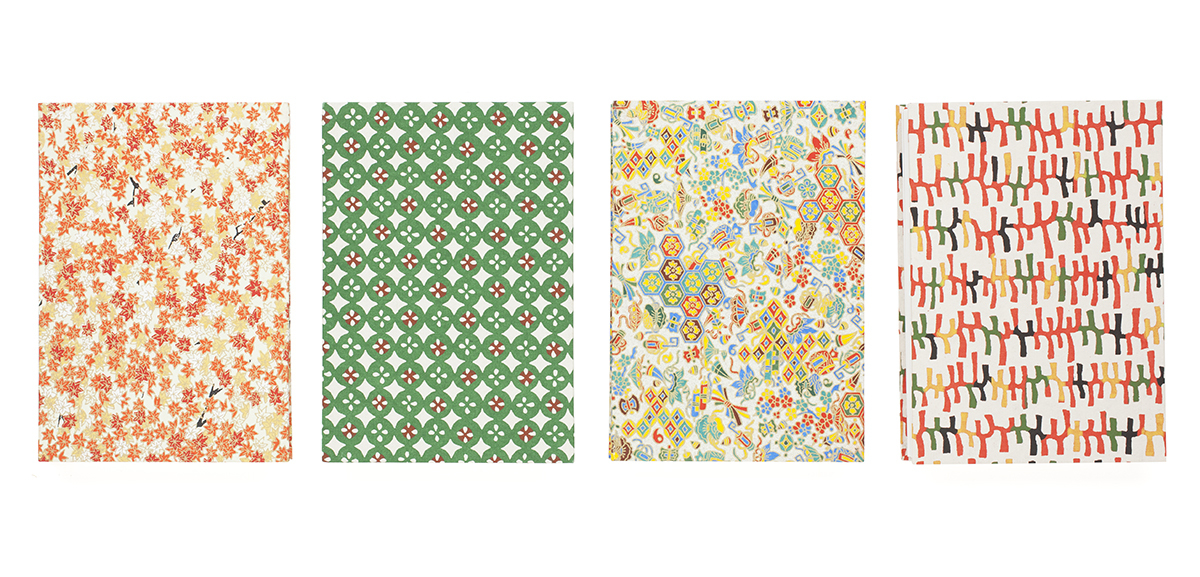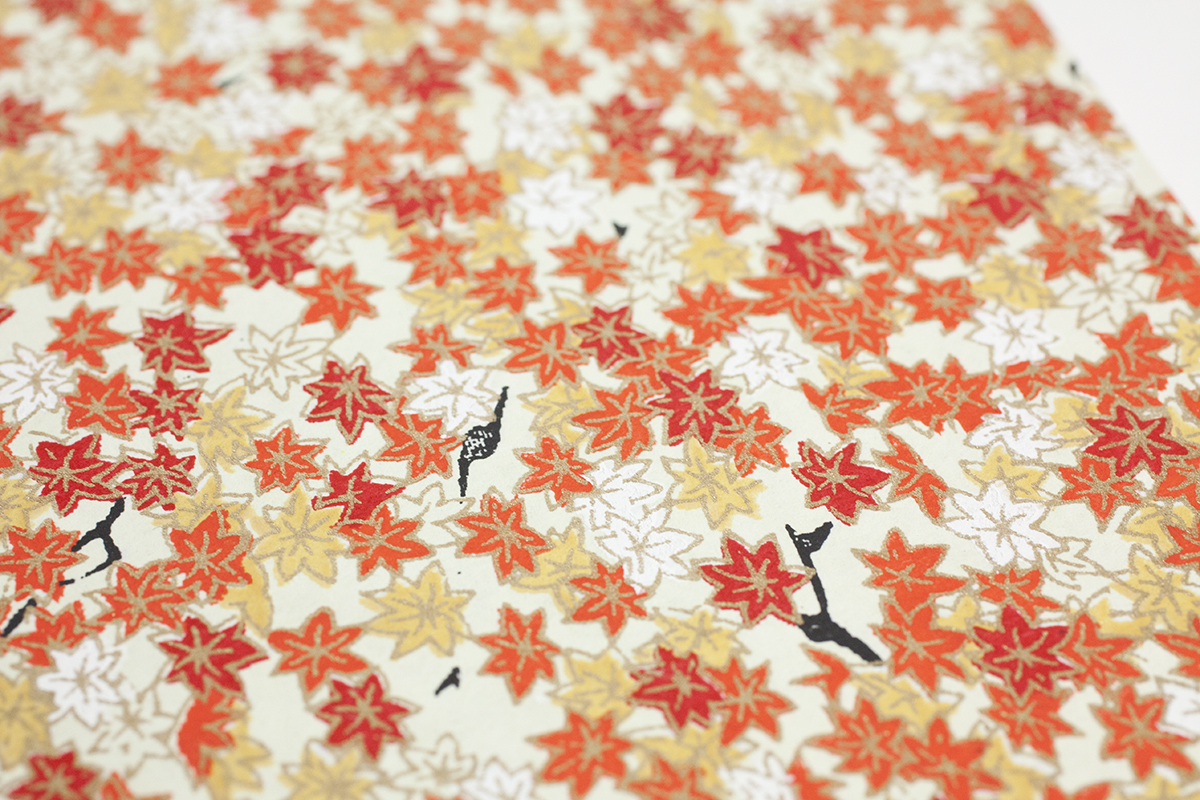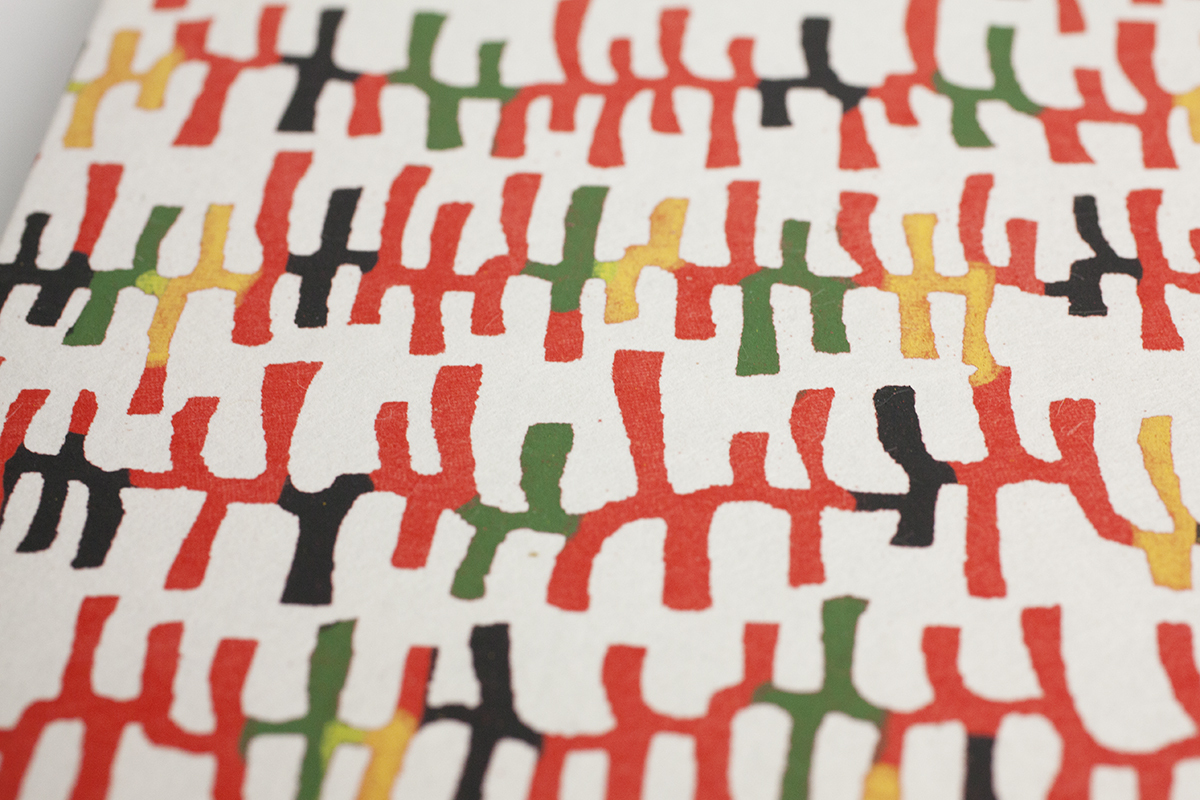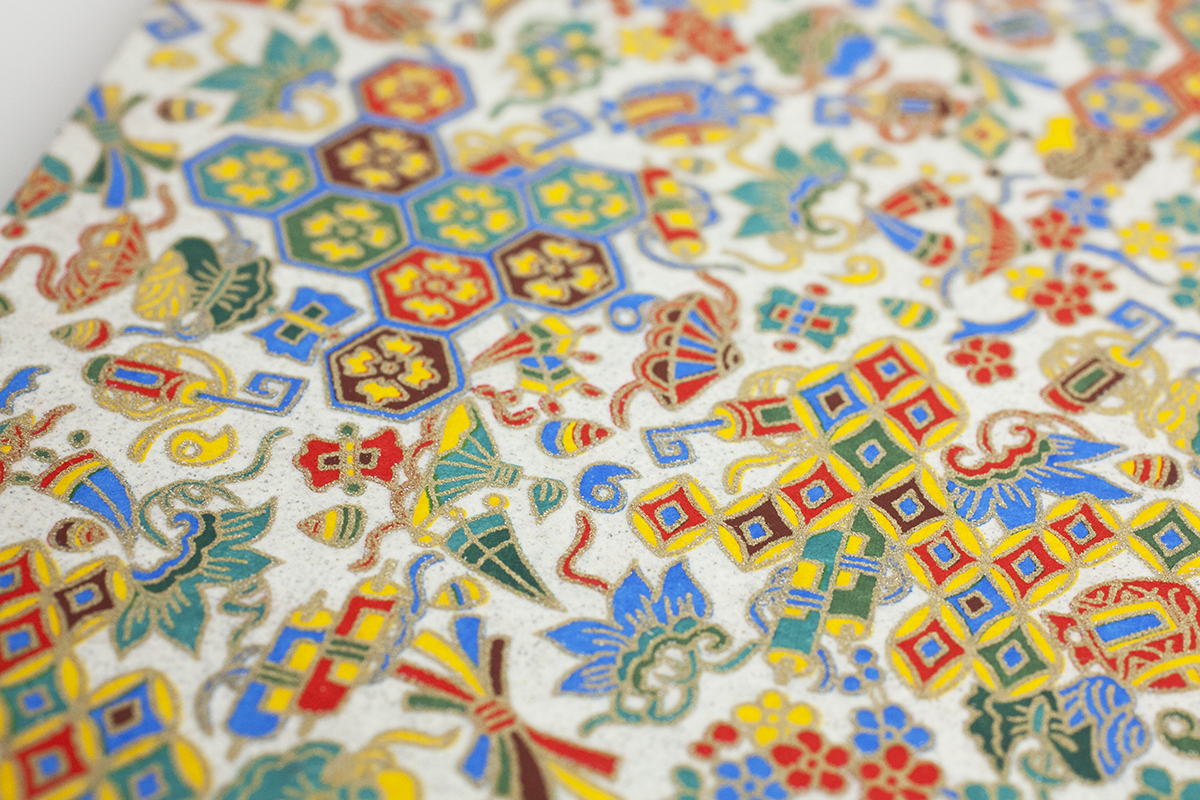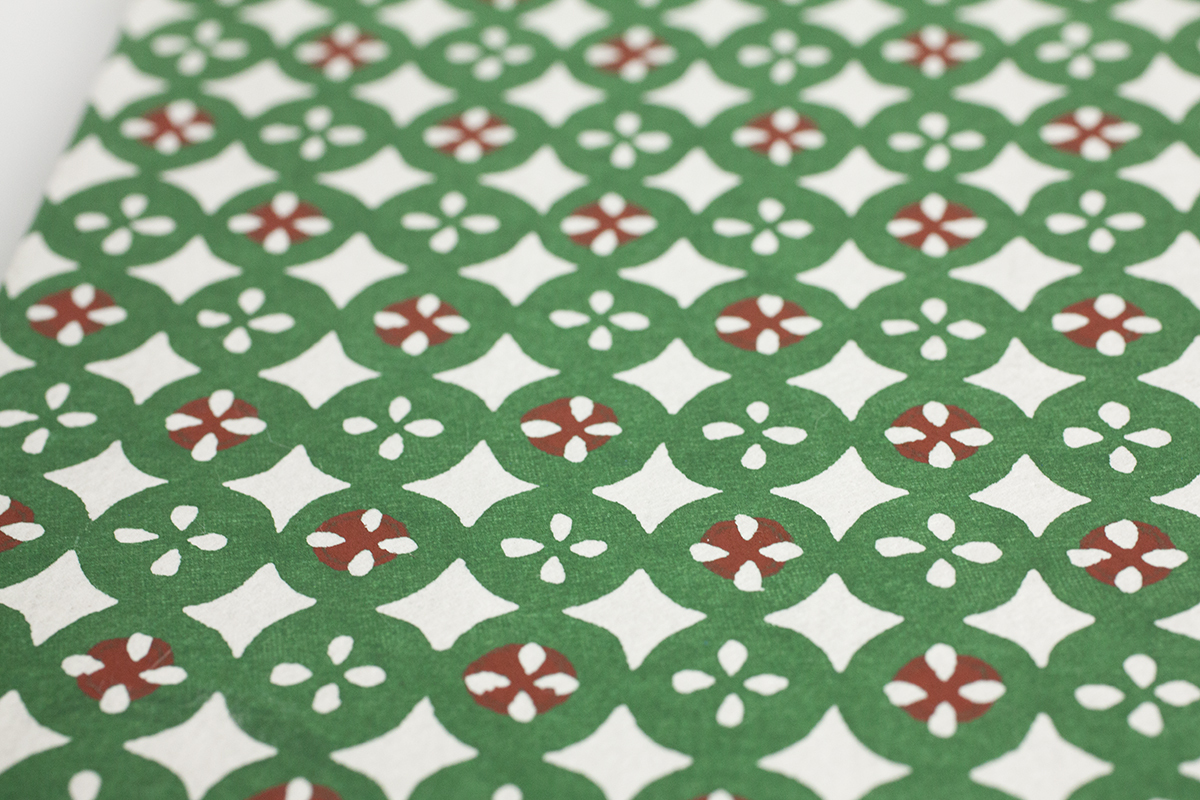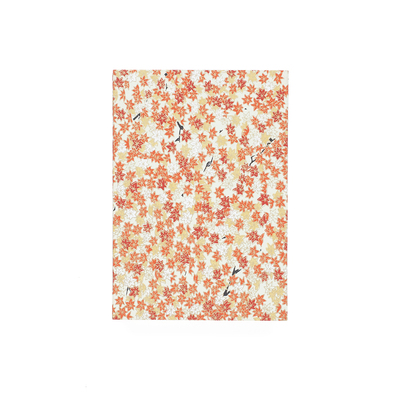AMA-SAN
Precisely when this method of fishing began is not possible to determine, but there are descriptions of the women swimming underwater in the Sei Shonagon’s The Pillow Book (XI century) and in the Manyoshu anthology of poems (XVIII century). The main purpose of this trade was always to collect abalones, a delicacy highly prized throughout the history of Japan, especially by the courts of the Great Emperors.
The Ama-San have always lived independent lives within their community and create among them strong bonds of sisterhood. Being the family’s principle source of income, and thus of great value, these women occupy a prominent position and are highly respected. The Ama-San have earned their status as collectors and guardians. What they do, calls into question not only the traditional role of women in oriental society, but also the very nature of femininity itself.
In the entire history of women in the world, it is the Ama who somehow managed to follow a unique and liberating path, and they did so without conflict and without apparent harm. And that achievement, which it would be no exaggeration to describe as heroic, was made possible thanks to centuries of working as a community. Sadly, today, it is on the verge of extinction. On the whole, the women who still dive today are between 50 and 85 years old.
These photographs are the by-product of two trips to Japan to plan and direct a film with a group of Ama from the Ise-Shima Peninsula. The faces and locations are documented as personal notes. It is a cinematographic study, in spite of its ethnographic value. This sequence of images portrays the Ama-San from the fishing villages of Wagu, Ijika, Oosatsu and Toushijima.
-Excerpt from publisher
€30.10
Out of Stock
- Book Size
- 120 x 173 mm
- Pages
- 41 pages, 39 images
- Binding
- Hardcover
- Publication Date
- 2015
- Limited Edition
- 300


